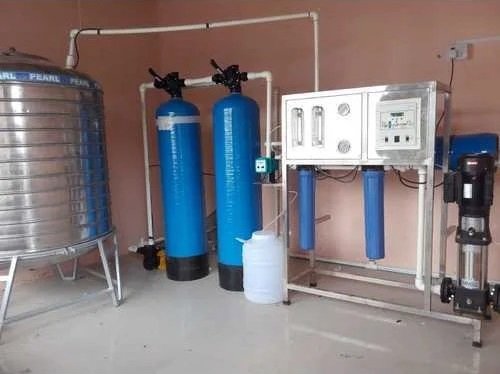Iron Guards
Iron Guards

Iron Guards Manufacturing Process at Oxygenius
Oxygenius employs a team of skilled engineers and designers who use advanced CAD (Computer-Aided Design) software to create precise designs for the Iron Guards. The design process involves:
- Conceptualization: Brainstorming and creating initial sketches.
- 3D Modeling: Developing detailed 3D models to visualize the final product.
- Prototyping: Producing prototypes using 3D printing technology to test and refine the designs.
- Simulation: Running simulations to analyze the strength and performance under various conditions.
Once the designs are finalized, the raw iron and steel materials are cut into the required shapes and sizes. This stage involves:
- Laser Cutting: Utilizing high-precision laser cutting machines to ensure accuracy.
- CNC Machining: Employing Computer Numerical Control (CNC) machines to shape the materials with intricate details.
- Forging: Heating the materials to high temperatures and hammering them into the desired shapes, enhancing their strength and durability.
Welding and Assembly:
The cut and shaped components are then welded and assembled. Oxygenius uses various welding techniques such as MIG (Metal Inert Gas), TIG (Tungsten Inert Gas), and spot welding to join the parts. The assembly process includes:
- Alignment: Ensuring all components are correctly aligned and fit together seamlessly.
- Joining: Using robotic and manual welding to create strong, durable joints.
- Inspection: Conducting thorough inspections to check for any defects or misalignments.
Surface Treatment:
To enhance the durability and appearance of the Iron Guards, they undergo several surface treatment processes:
- Sandblasting: Cleaning the surface to remove any impurities or rust.
- Powder Coating: Applying a powder coating to provide a protective and aesthetic finish.
- Galvanizing: Dipping the Iron Guards in molten zinc to prevent corrosion and enhance longevity.
Quality Control:
Oxygenius places a strong emphasis on quality control throughout the manufacturing process. The company employs a dedicated team of quality assurance professionals who:
- Conduct Tests: Perform various mechanical and chemical tests to ensure the Iron Guards meet industry standards.
- Visual Inspections: Check for any surface defects or inconsistencies.
- Dimensional Accuracy: Use precision measuring instruments to verify the dimensions and tolerances.
Packaging and Distribution:
Once the Iron Guards pass all quality checks, they are carefully packaged to prevent damage during transportation. The packaging process includes:
- Protective Wrapping: Using foam, bubble wrap, and other protective materials.
- Custom Crating: Building custom crates or pallets to secure the Iron Guards.
- Labeling: Clearly label the packages with product information and handling instructions.
The final step is distribution. Oxygenius collaborates with reliable logistics partners to ensure timely and safe delivery of the Iron Guards to clients worldwide.
